|
In November 2022 we planted over 250 plants from Streamside Native Plants over several days with the help of over 20 volunteers recruited through NALT, as well as a group of students from Ecole Hammond Bay. In February 2023 a small group got the last few plants in the ground!
0 Comments
Project area in Morningside Park BEFORE thinning, January 2018On October 25 Walley Creek Streamkeepers met with Rob Lawrance and Margaret Pimlott from the City of Nanaimo, along with Dave Clough, RPBio, to create a plan for improving the biodiversity in a part of the riparian area in Morningside Park. City arborists then helped thin an unhealthy stand of fir and alder that had self-seeded in an area full of rock fill. This created space for volunteers to plant a variety of native plants to increase the biodiversity of this area, and improve the water-retention qualities of a wetland area adjacent to the creek. Project area in Morningside Park DURING thinning/before planting, facing the gravel path and Ecole Hammond Bay Elementary.Project area AFTER planting, facing the creek and houses that back onto Walley Creek along Hammond Bay Road. 35 volunteers came out November 8, 2019 to help us improve the biodiversity in Morningside Park (Reach 2 of Walley Creek). They created polygons out of logs, moved 15 yards of topsoil and 7 yards of mulch, then planted 260 native plants and trees including snowberry, Indian Plum (Oemlaria), swordfern, Oregon grape, Douglas Fir, Western Red Cedar and pine. The day was a great success!
High school volunteers from Dover Bay and Nanaimo & District Secondary schools brought energy and enthusiasm to the planting day. Rob Lawrance and Deb Beck from the City of Nanaimo volunteered their time, as well as many volunteers from the Nanaimo & Area Land Trust, Departure Creek Streamkeepers, and Snunuemuxw First Nation. We are so grateful to all the volunteers that came out and gave time, energy and expertise to this project! In May 2016, NALT offered a Streamkeepers workshop on Departure Creek. Nina was able to attend the two full days of training, and became an official Streamkeeper! As a group we decided it was time to visit Gail Adrienne, NALT's Executive Director, to thank her for connecting us, and to ask her advice about what to do next. She suggested working with Dave Clough to plan for riparian planting. This would help establish shade and prevent erosion of the banks of the creek.
Gail also had great information about the history of Walley Creek. She said it is one of the last creeks in Nanaimo that is open to daylight along its whole length, and that it is known for having year round flow. She knew that the Georgia Basin Ecological Assessment and Restoration Society (GBEARS) did a small project to restore a culvert along Walley Creek many years ago. She suggested we do as much research as possible into the history of the area so we would know what to realistically aim for in terms of restoration. She alluded to many (ahem) interesting diversions of the creek by people who live beside it, especially in the strata neighborhood at McGuffie and Hammond Bay Roads. Finally Gail suggested we officially become the Walley Creek Streamkeepers, as a committee under NALT. This solved our dilemma about how formal our group should be and how to apply for grants for the work we want to do. It's official - we are the Walley Creek Streamkepers! Our group was formed when each of us independently contacted the Nanaimo & Area Land Trust wondering if any work was being done to steward Walley Creek in North Nanaimo. One of our members lives right where Walley Creek reaches the ocean in Hammond Bay; for decades she has watched and tended the stream, concerned by garbage washing downstream and the lack of care for the riparian integrity. The Executive Director of NALT, Gail Adrienne put us in contact, and we started by asking our local Fisheries and Oceans Community Advisor to help us. Biologist Dave Clough spent time with us walking the upper watershed, near Springfield Place, and the lowest part of Walley Creek, where it empties into Hammond Bay near Morningside Drive. We came up with a long list of priorities for further research and restoration activities, including:
|
Categories
All
Archives
March 2024
|
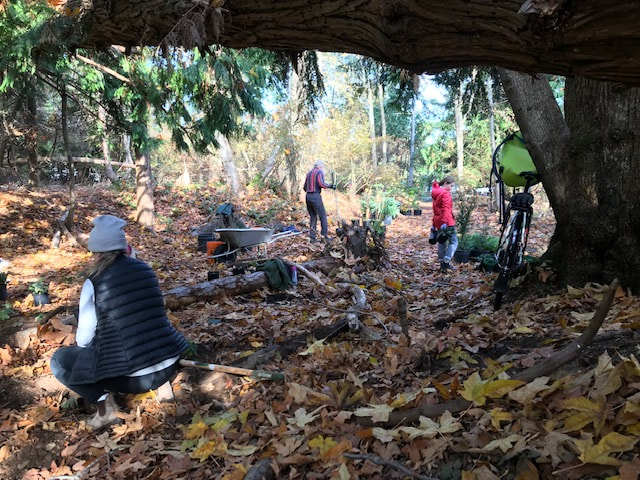
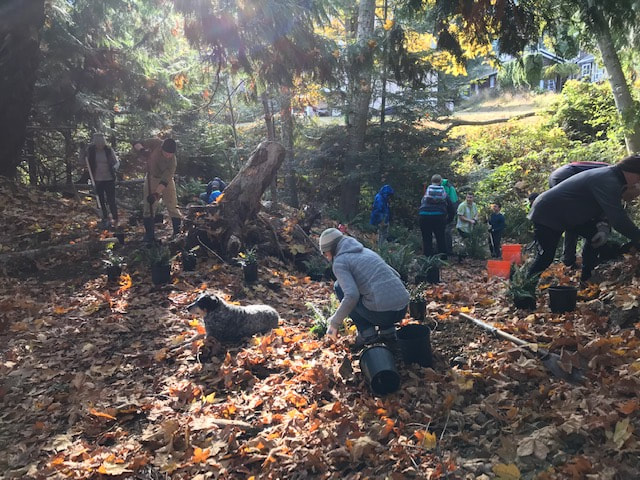
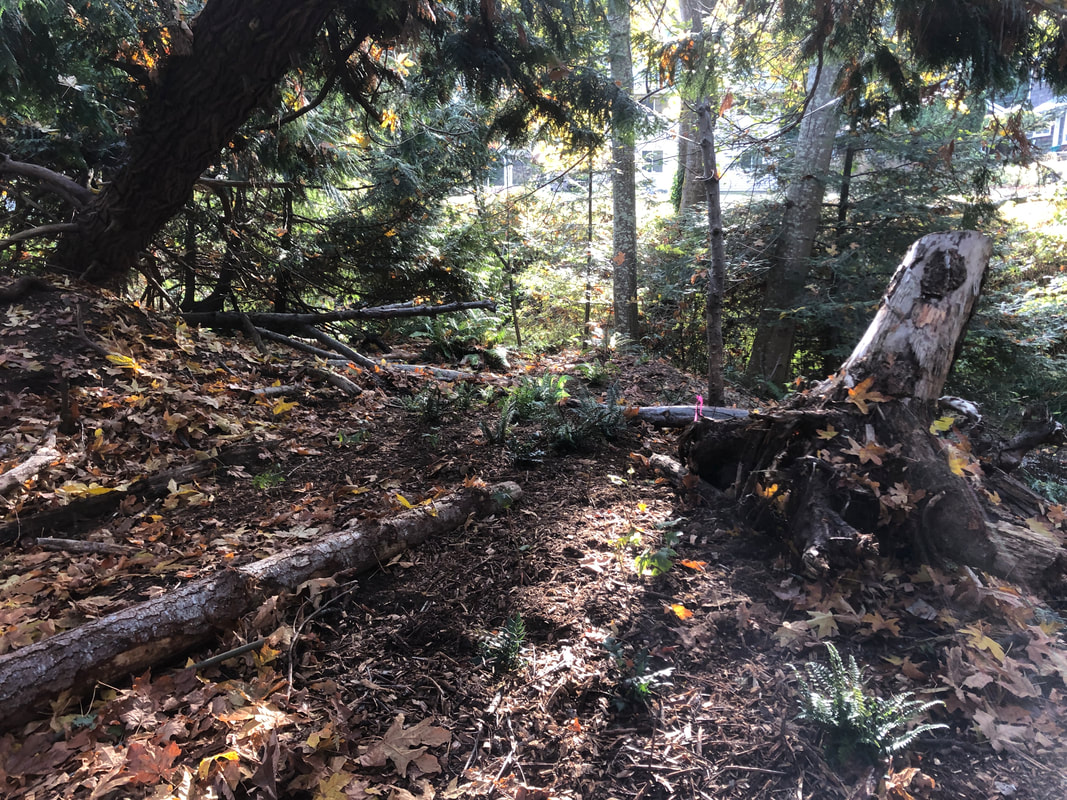
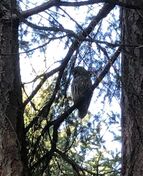
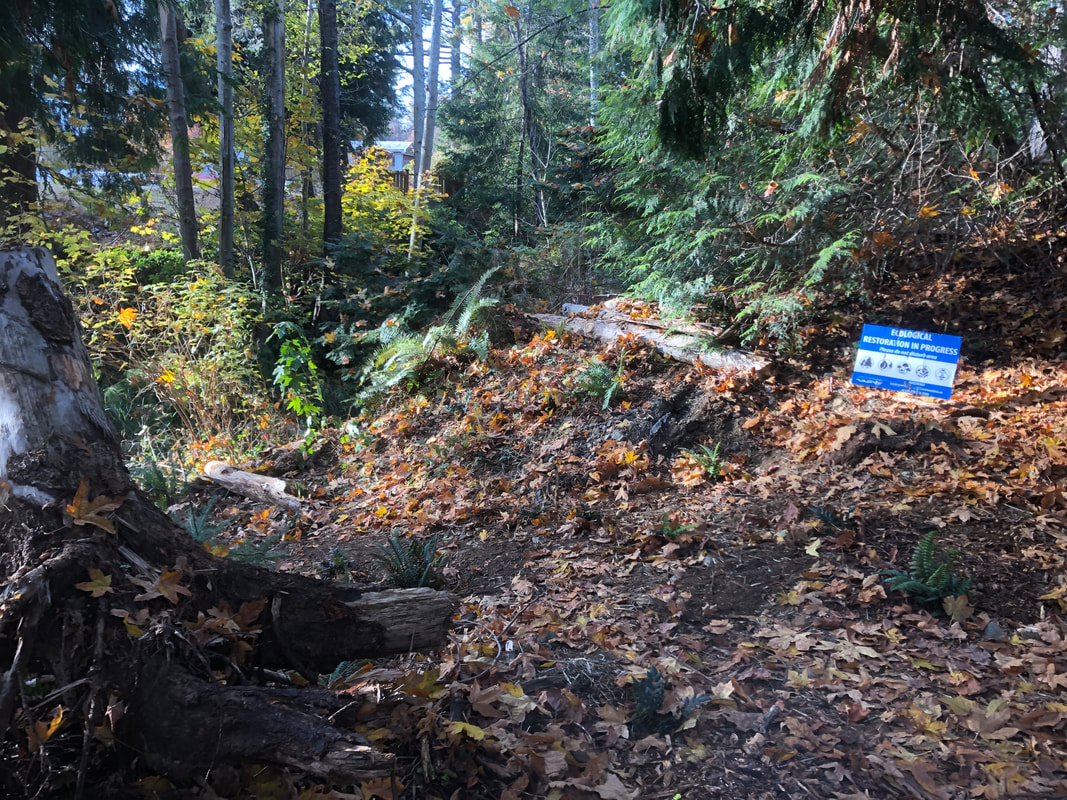
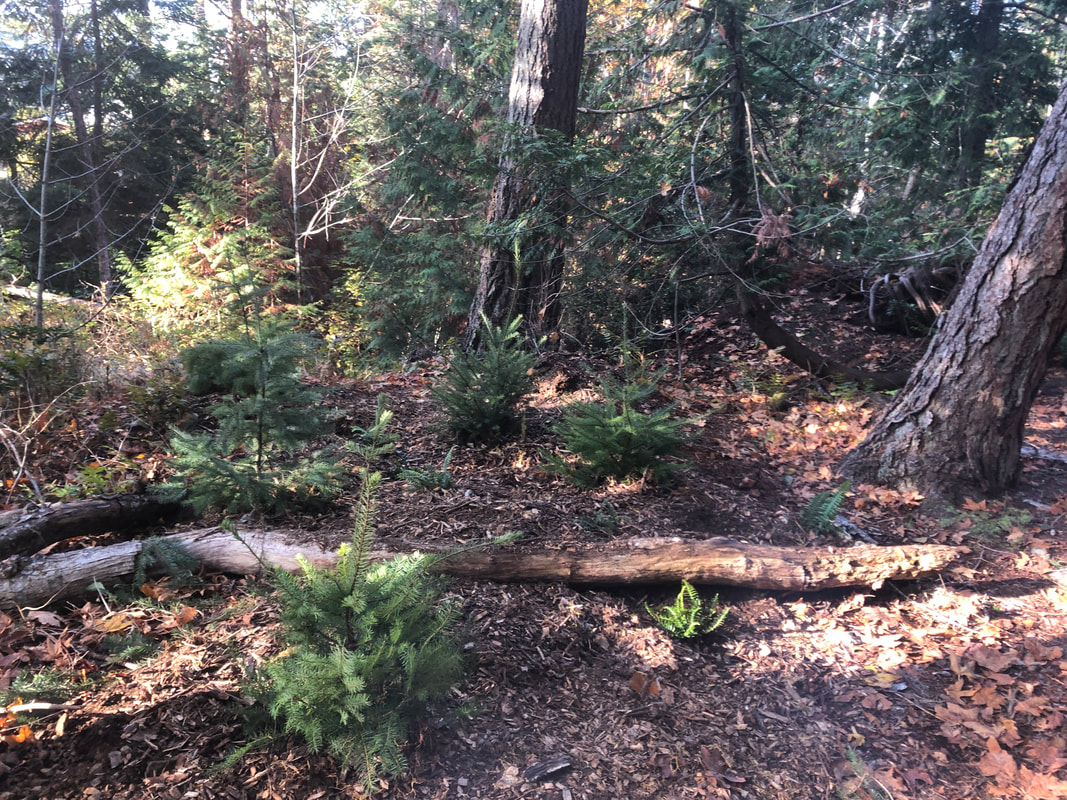
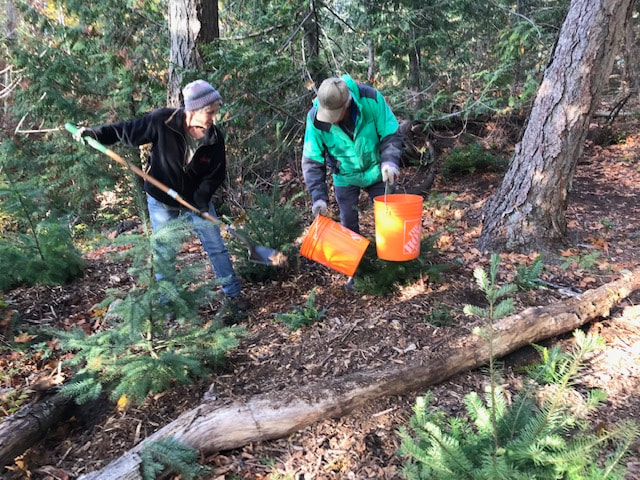
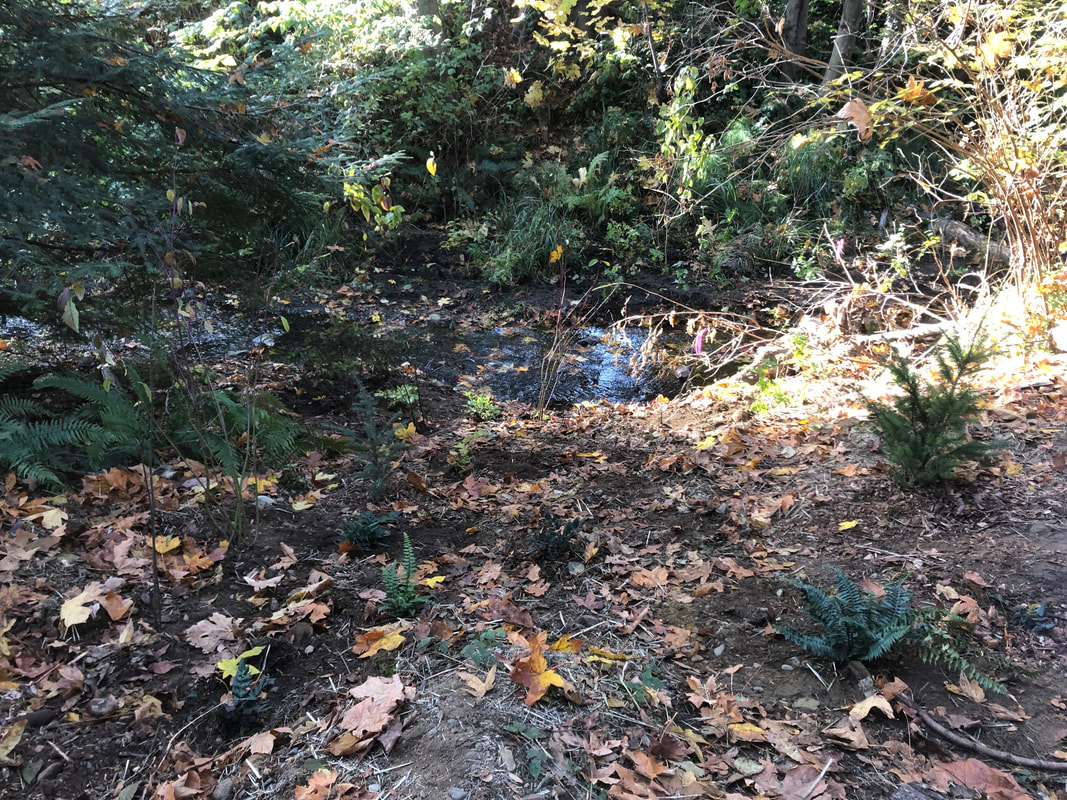

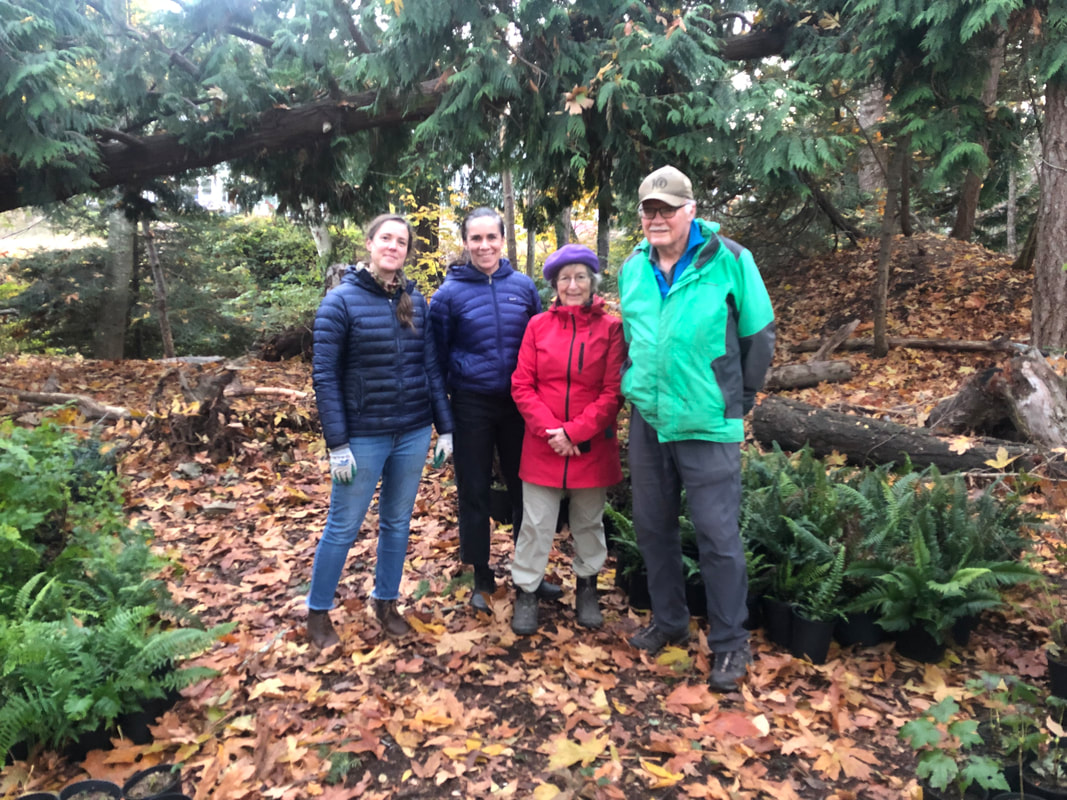
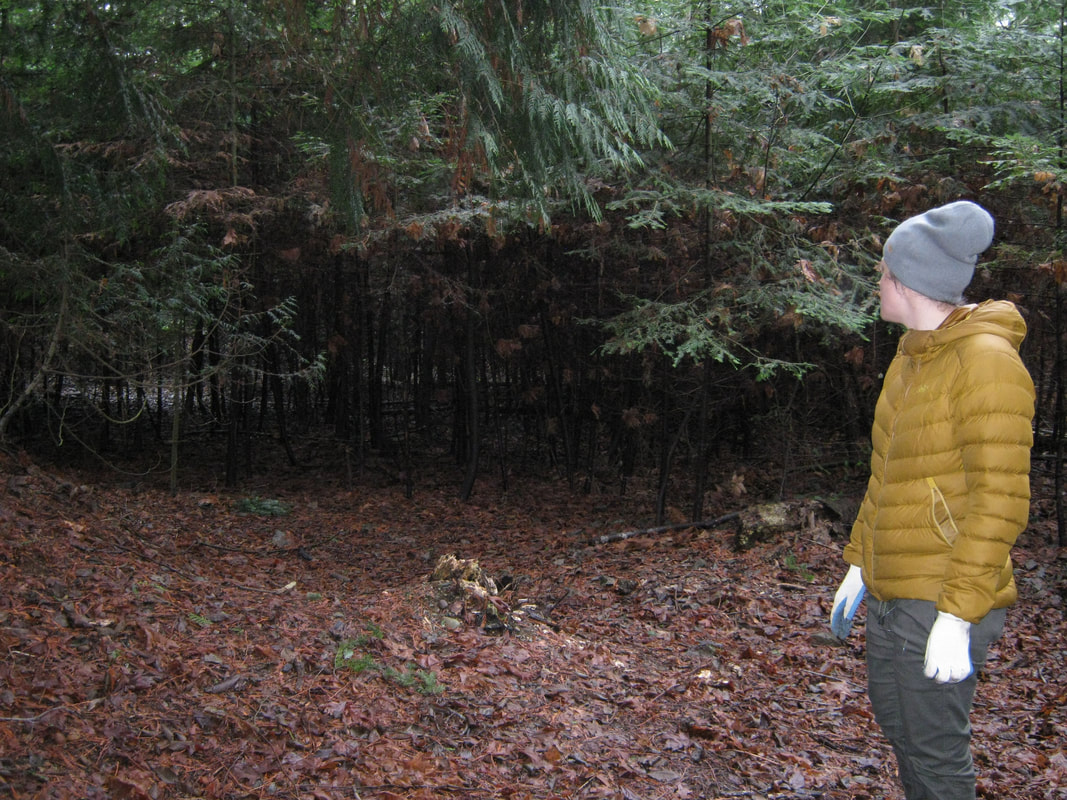
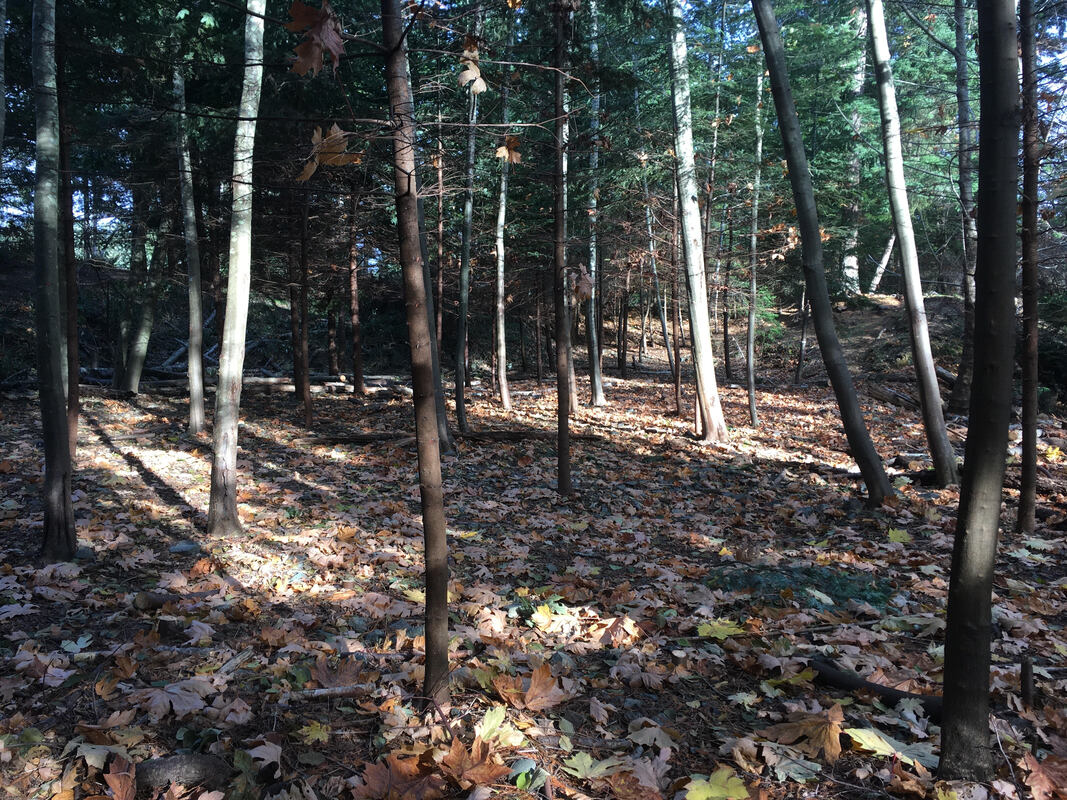
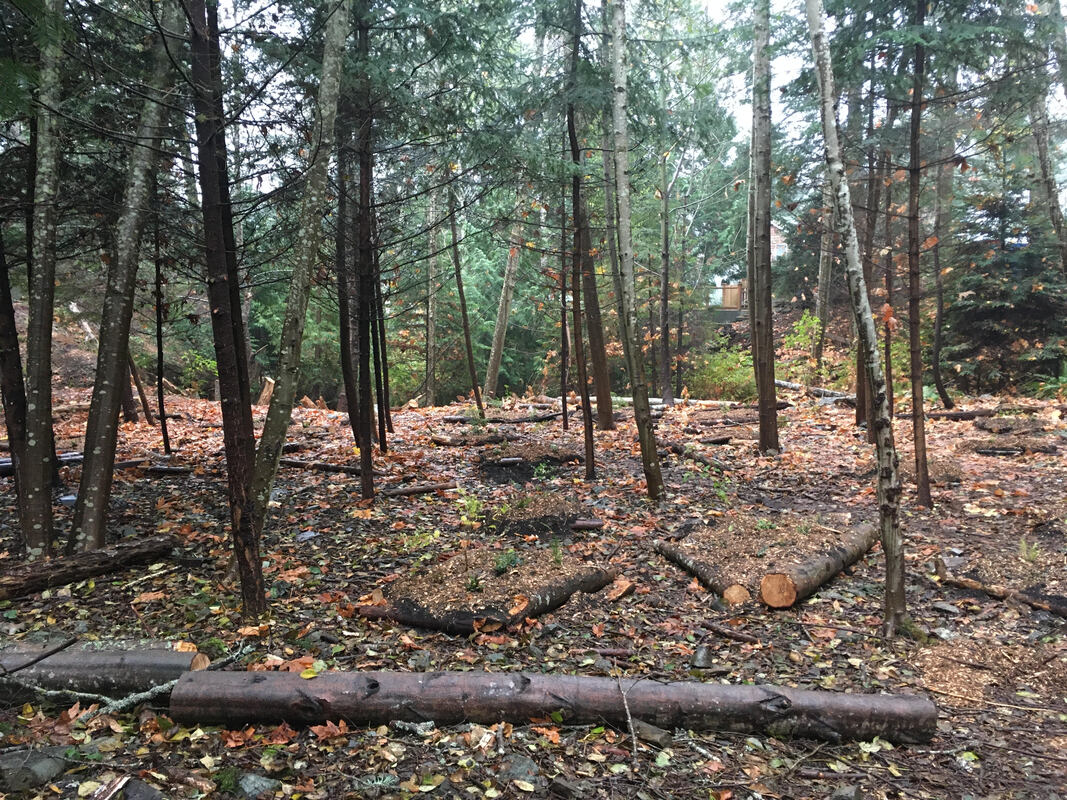
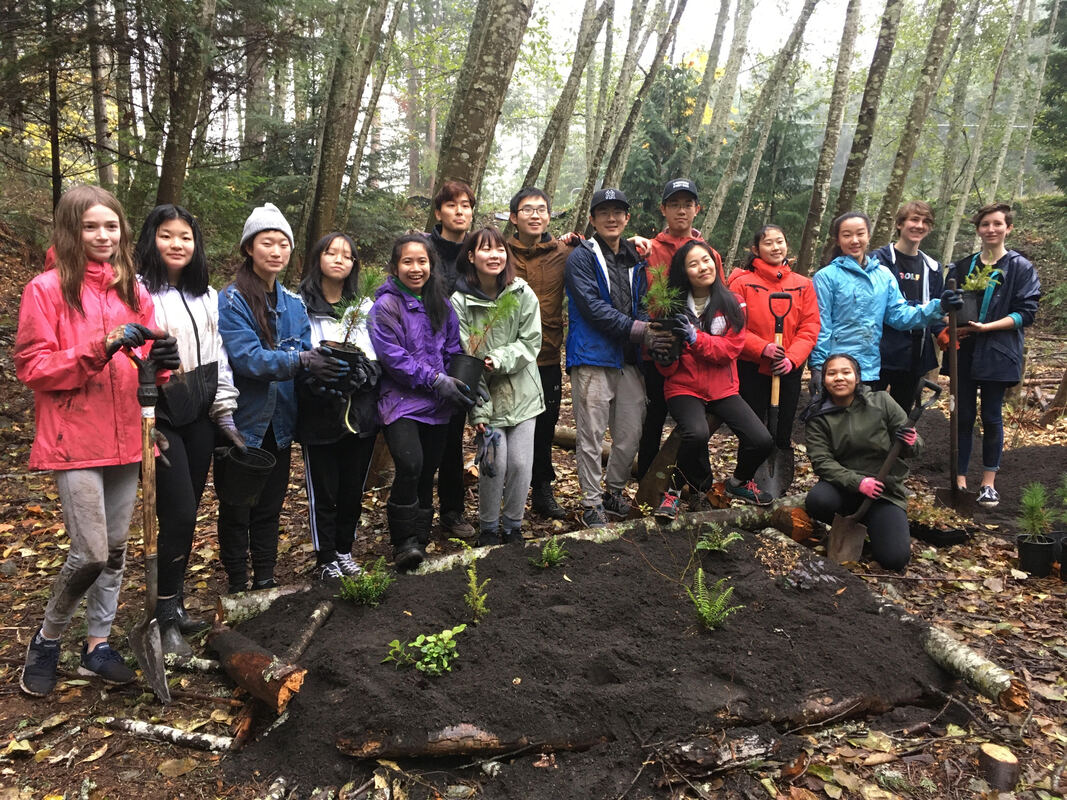
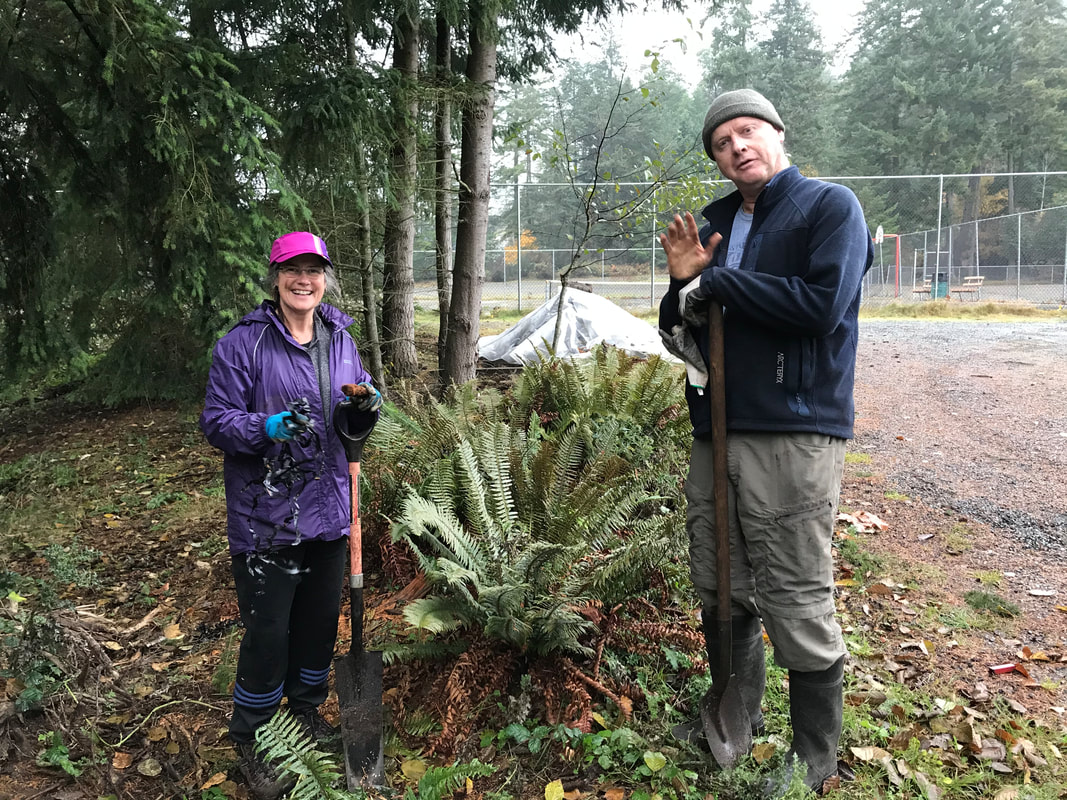
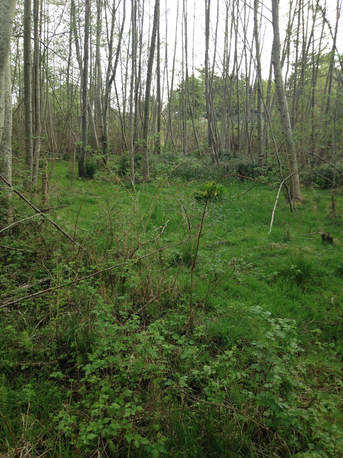
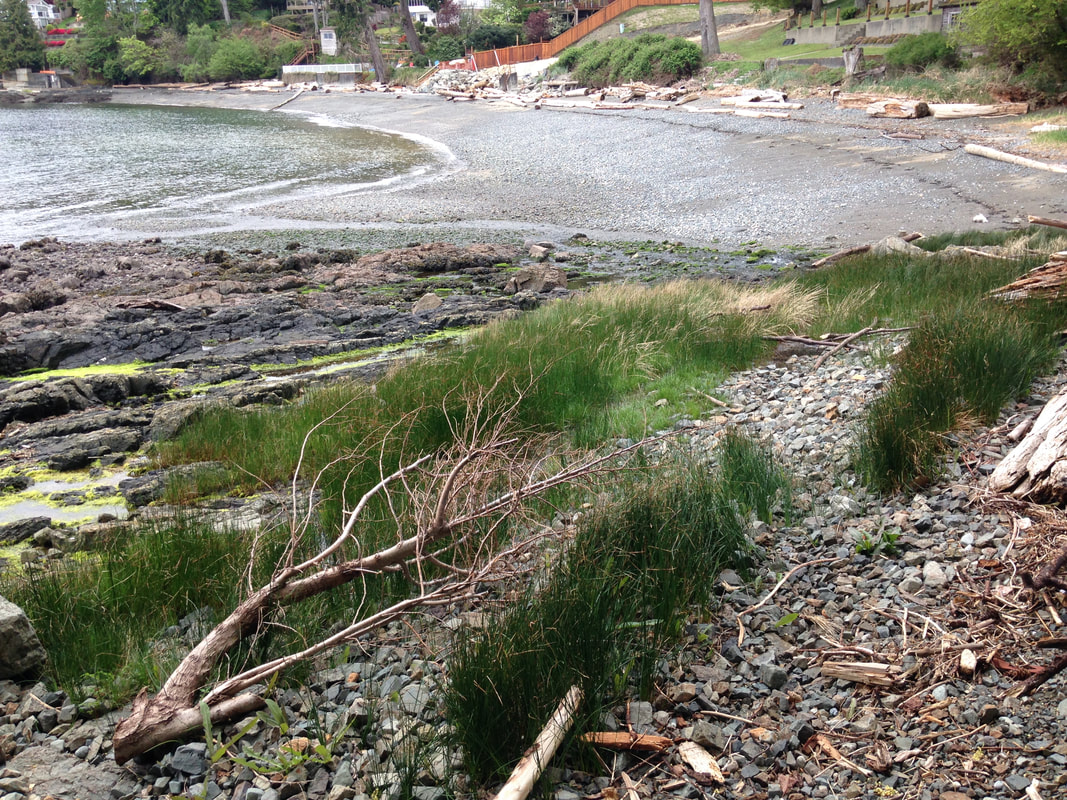
 RSS Feed
RSS Feed
